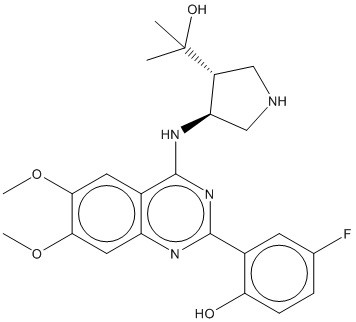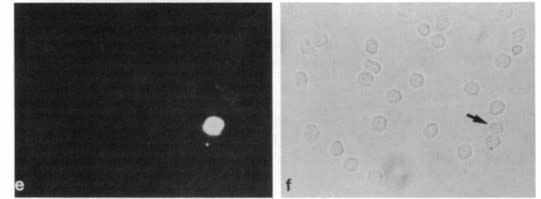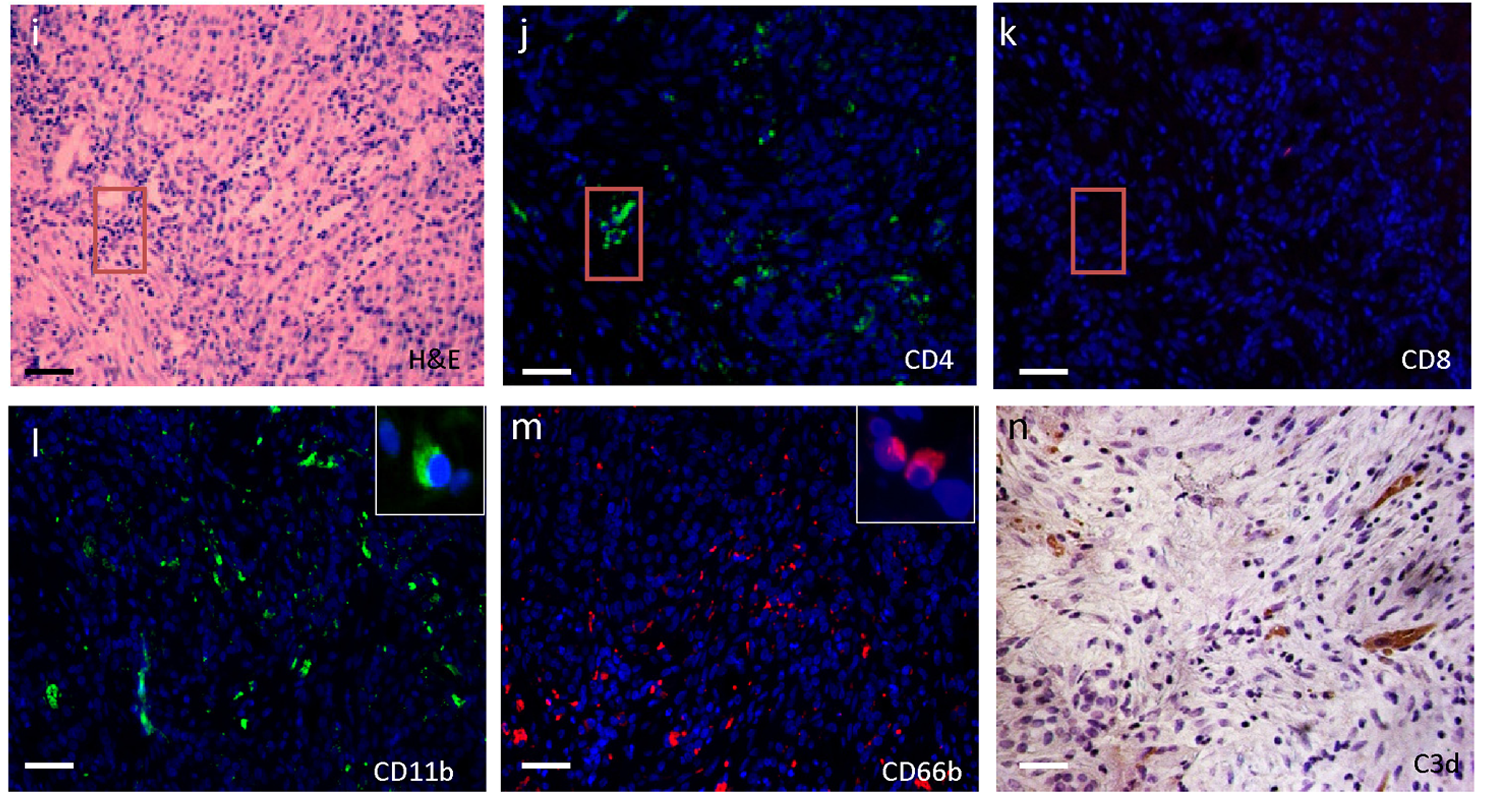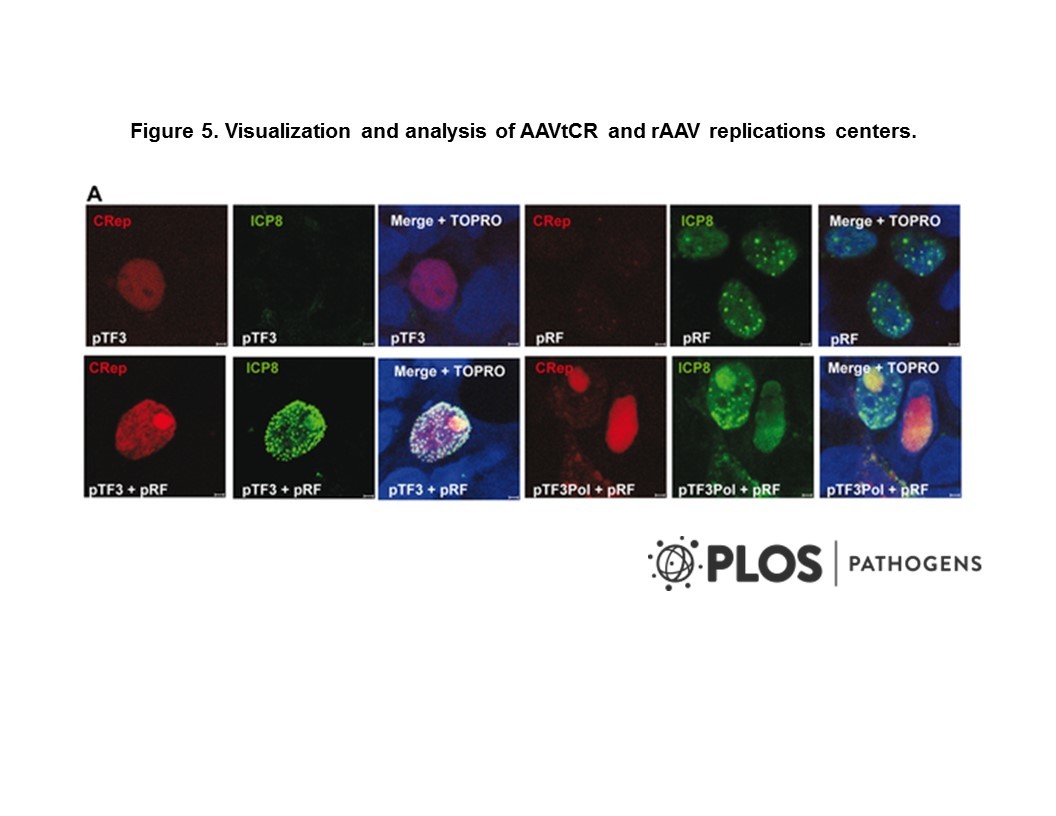Cat. #151833
Chk2 inhibitor CCT241533 Small Molecule (Tool Compound)
Cat. #: 151833
Sub-type: Inhibitor
Availability: Please enquire for quantities and pricing
Application: CCT241533 blocked CHK2 activity in human tumor cell lines in response to DNA damage, as shown by inhibition of CHK2 autophosphorylation at S516, band shift mobility changes, and HDMX degradation. CCT241533 did not potentiate the cytotoxicity of a selection of genotoxic agents in several cell lines. However, this compound significantly potentiates the cytotoxicity of two structurally distinct PARP inhibitors. Clear induction of the pS516 CHK2 signal was seen with a PARP inhibitor alone, and th...
This fee is applicable only for non-profit organisations. If you are a for-profit organisation or a researcher working on commercially-sponsored academic research, you will need to contact our licensing team for a commercial use license.
Contributor
Inventor: Michelle Garrett
Institute: The Institute of Cancer Research
Tool Details
*FOR RESEARCH USE ONLY
- Tool name: Chk2 inhibitor CCT241533 Small Molecule (Tool Compound)
- Molecular formula: C23H27FN4O4
- Tool sub type: Inhibitor
- Primary target: DNA damage response signaling enzyme checkpoint kinase 2 (CHK2)
- Description: The Chk2 inhibitor CCT241533 was shown to produce a mechanistic inhibition of CHK2 in HT29 human colon cancer cells as well as a radioprotective effect in mouse thymocytes. In normal cells, p53 is activated by CHK2 and other kinases in response to double-strand DNA damage resulting in G1 cell cycle arrest and apoptosis. Inhibition of CHK2 may provide an antitumor effect in cancer cells, and therefore a therapeutic approach.
- Application: CCT241533 blocked CHK2 activity in human tumor cell lines in response to DNA damage, as shown by inhibition of CHK2 autophosphorylation at S516, band shift mobility changes, and HDMX degradation. CCT241533 did not potentiate the cytotoxicity of a selection of genotoxic agents in several cell lines. However, this compound significantly potentiates the cytotoxicity of two structurally distinct PARP inhibitors. Clear induction of the pS516 CHK2 signal was seen with a PARP inhibitor alone, and th...
- Purpose: Inhibitor
- Selectivity: Shows minimal cross-reactivity against a panel of kinases at 1 uM. 63 fold Selectivity over CHK-1
- Iupac: 4-fluoro-2-(4-((3S,4R)-4-(2-hydroxypropan-2-yl)pyrrolidin-3-ylamino)-6,7-dimethoxyquinazolin-2-yl)phenol
- Molecular weight: 442.48
- Additional notes: Synonym: CCT241533 CAS Number: 1262849-73-9
Handling
- Purity: 442.48 g/mol
- Shipping conditions: Dry Ice
Target Details
- Primary target: DNA damage response signaling enzyme checkpoint kinase 2 (CHK2)
- Ic50: 3 nmol/L
Application Details
- Application: CCT241533 blocked CHK2 activity in human tumor cell lines in response to DNA damage, as shown by inhibition of CHK2 autophosphorylation at S516, band shift mobility changes, and HDMX degradation. CCT241533 did not potentiate the cytotoxicity of a selection of genotoxic agents in several cell lines. However, this compound significantly potentiates the cytotoxicity of two structurally distinct PARP inhibitors. Clear induction of the pS516 CHK2 signal was seen with a PARP inhibitor alone, and th...
References
- Caldwell et al. 2011. J Med Chem. 54(2):580-90. PMID: 21186793.
- Anderson et al. 2011. Cancer Res. 71(2):463-72. PMID: 21239475.
- CCT241533 is a potent and selective inhibitor of CHK2 that potentiates the cytotoxicity of PARP inhibitors.
- Structure-based design of potent and selective 2-(quinazolin-2-yl)phenol inhibitors of checkpoint kinase 2.







